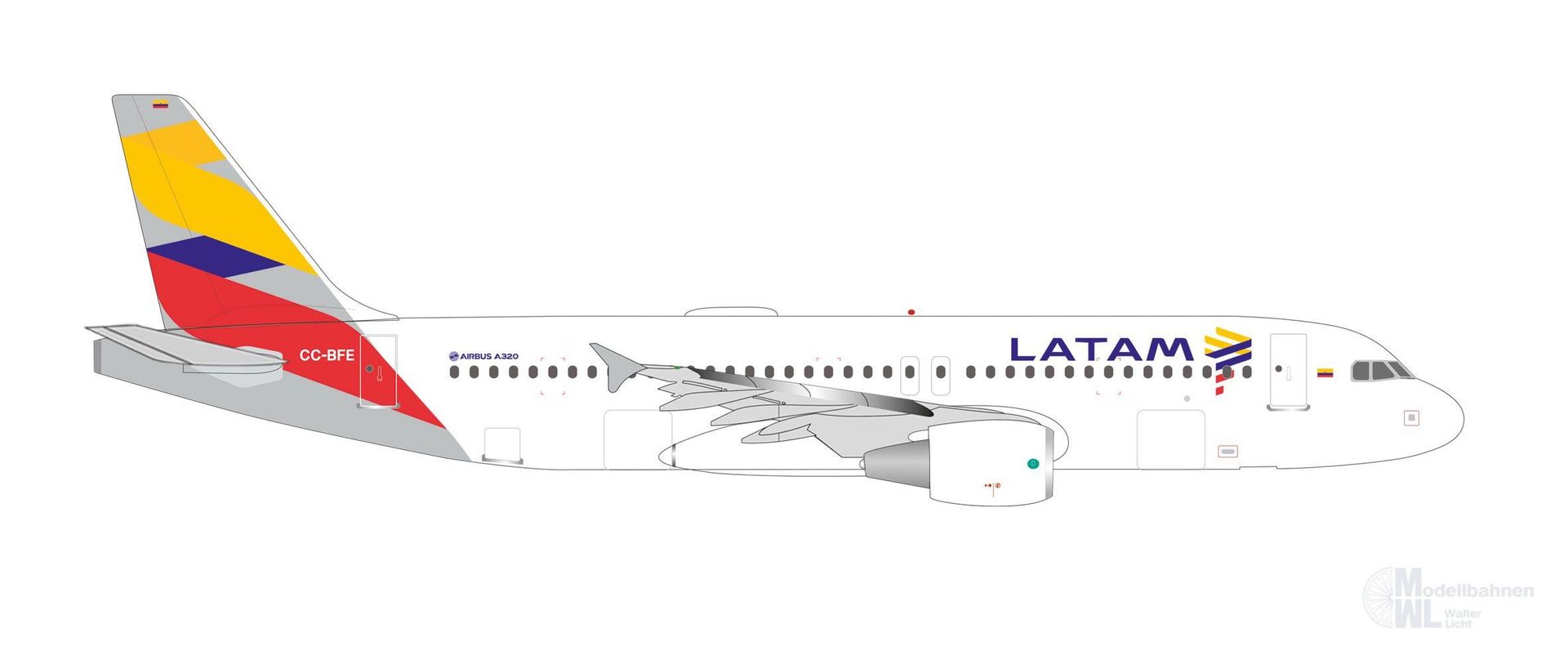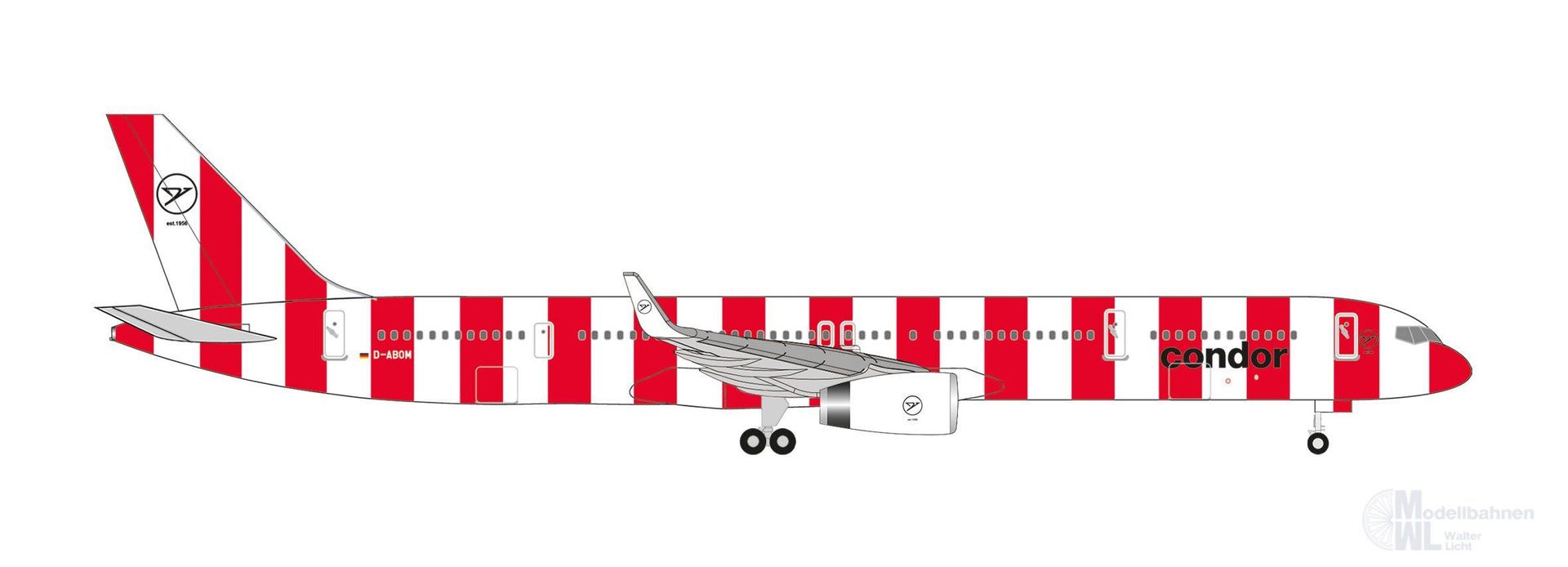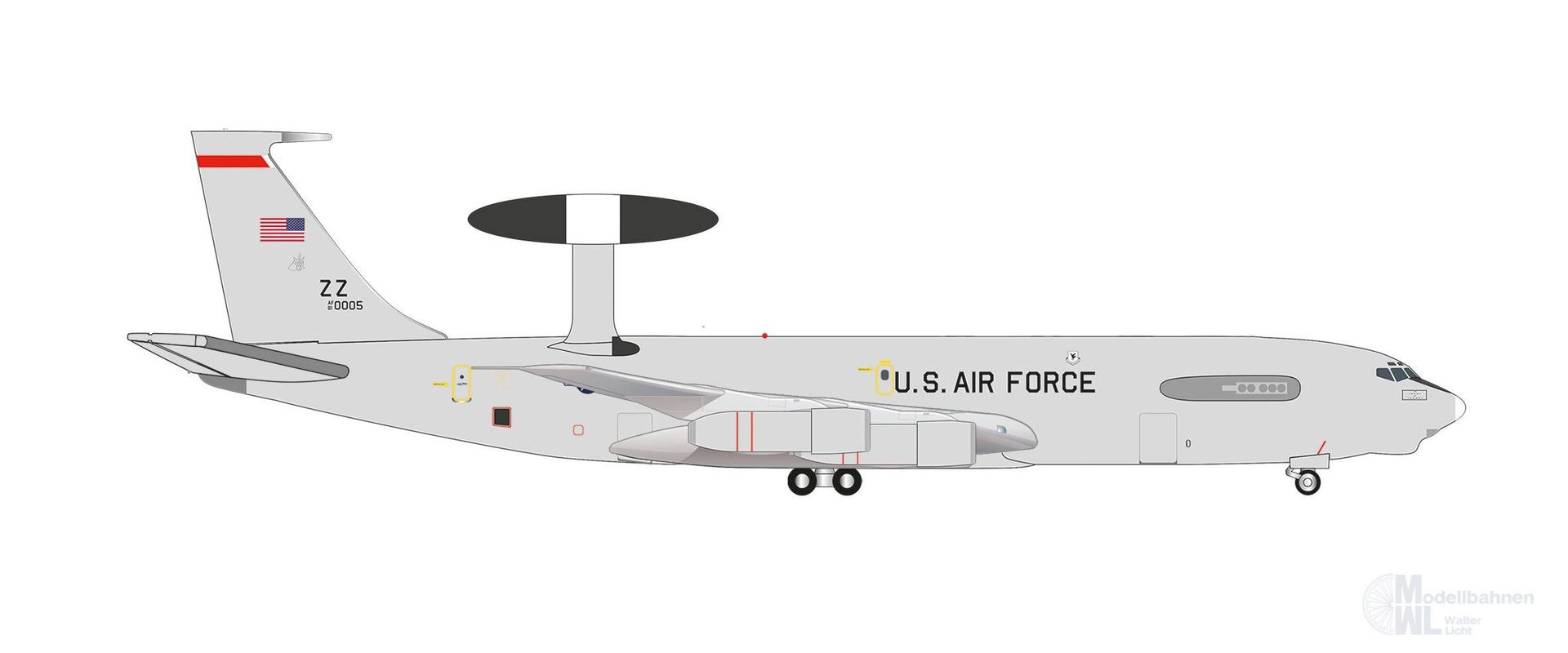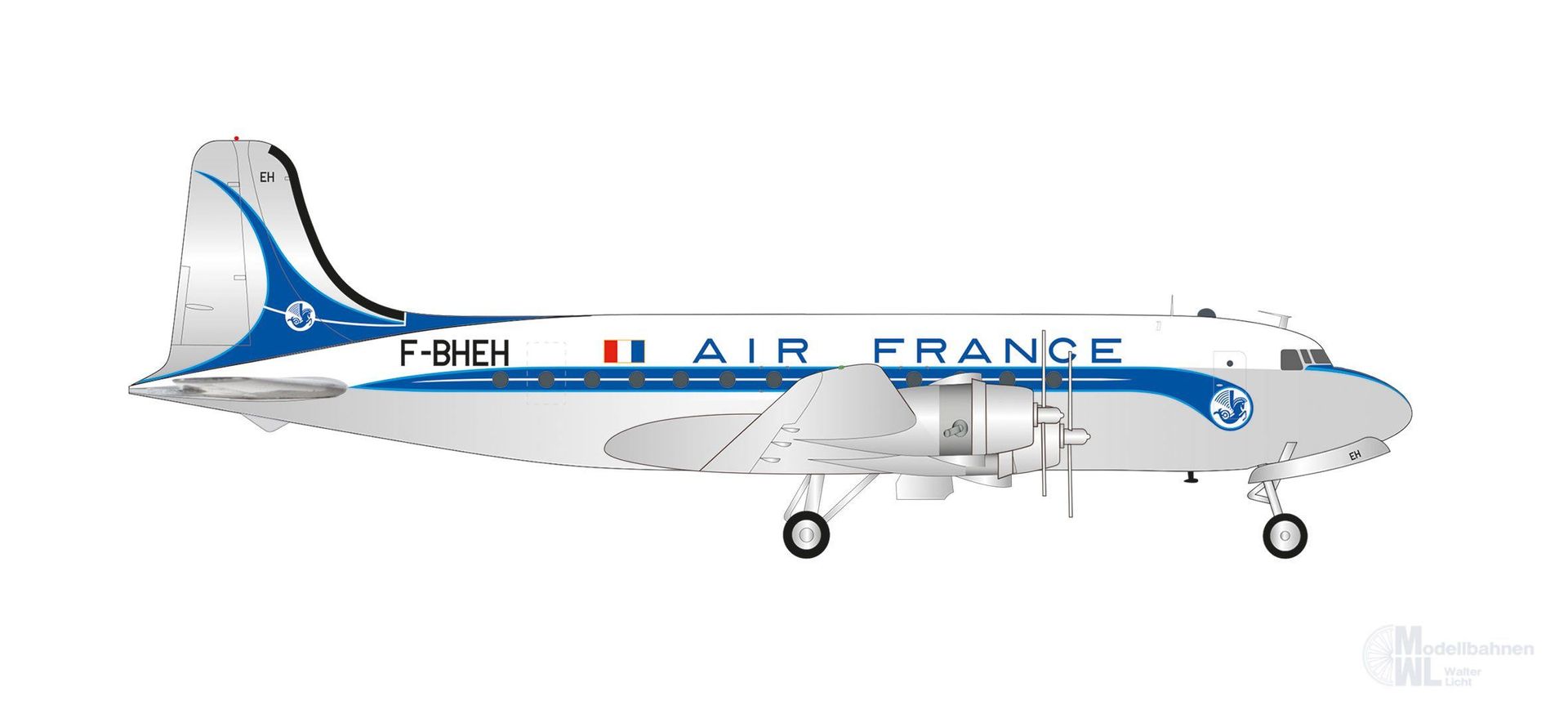67,99 €*
UVP: 79,95 €* (14.96% gespart)
Neuheit - Lieferzeit unbekannt
Produktnummer:
her573849
 Nicht geeignet für Kinder unter 3 Jahren wegen Erstickungsgefahr durch Kleinteile!
Detailiertes Modell für Sammler ab 14 Jahren.
Nicht geeignet für Kinder unter 3 Jahren wegen Erstickungsgefahr durch Kleinteile!
Detailiertes Modell für Sammler ab 14 Jahren.
Produktinformationen "Herpa 573849 - DHC-7 Air Tindi 1:200"
In den 1950er und 1960er Jahren war De Havilland Canada (DHC) weltweit führend in der Entwicklung und Produktion von STOL-Flugzeugen (Short Takeoff and Landing). Flugmuster wie die DHC-3 Otter, DHC-4 Caribou, DHC-5 Buffalo und DHC-6 Twin Otter waren bewährte und zuverlässige Flugzeuge, die abgelegene Orte erreichen konnten – mit oder ohne Landebahn. Mit dem rasanten Wachstum der kommerziellen Luftfahrt wurde ein Flugzeug gesucht, das kurze Strecken von kurzen Start- und Landebahnen und kleineren Flughäfen aus fliegen konnte, in der Hoffnung, die Überlastung der großen nationalen und internationalen Flughäfen zu verringern. So entstand die "Dash-7". Der Prototyp wurde vor 50 Jahren, am 5. Februar 1975, vorgestellt und flog erstmals am 27. März. Das viermotorige Flugzeug war für 50 Sitzplätze ausgelegt und konnte von Startbahnen oder unbefestigten Pisten mit einer Länge von weniger als 700 Metern starten. Neben dem Einsatz bei mehreren Zubringer-Airlines in Nordamerika wurden zahlreiche Flugzeuge für Fluggesellschaften auf der ganzen Welt hergestellt, die Strecken zu anspruchsvollen Flugplätzen bedienten, darunter Regionen in der Arktis, im Hochgebirge oder in den Tropen, die für größere Düsenflugzeuge ungeeignet waren. Heute sind nur noch 19 der 113 produzierten "Dash 7" im Einsatz. Allein sieben davon werden von Air Tindi betrieben. Die 1988 in Yellowknife, in den kanadischen Northwest Territories gegründete Fluggesellschaft verbindet abgelegene Gemeinden im Norden Kanadas und nutzt dabei die Robustheit und Zuverlässigkeit der DHC-7.
Back in the 1950 and ‘60s, De Havilland Canada (DHC) was the global leader in the development and production of STOL (short takeoff and landing) aircraft. Aircraft such as the DHC-3 Otter, DHC-4 Caribou, DHC-5 Buffalo and DHC-6 Twin Otter were proven and reliable aircraft that could access isolated locations — with or without a runway. With the rapid growth of commercial aviation, an aircraft was sought to fly short distances from short runways and smaller airports, in the hopes of reducing congestion at major national and international airports. Thus, the "Dash 7" was born. The prototype was unveiled 50 years ago on February 5, 1975, and first flew on March 27. Configured for 50 seats, the four-engine aircraft could take off from runways or unprepared airstrips less than 700 meters (2,000 feet) long. In addition to seeing service with several commuter airlines throughout North America, numerous aircraft were produced for airlines around the globe that operated routes into challenging airfields, including arctic, mountainous or tropical regions unsuitable to support larger jet aircraft. Today, only 19 of the 113 "Dash 7s" produced remain in service. Alone seven of these are operated by Air Tindi. Founded in 1988 in Yellowknife, Northwest Territories, the airline connects remote communities across Canada’s North, making good use of the DHC-7’s ruggedness and reliability.
Angaben zur Produktsicherheit
Herpa Miniaturmodelle GmbH
Leonrodstraße 46-47
DE-90599 Dietenhofen








